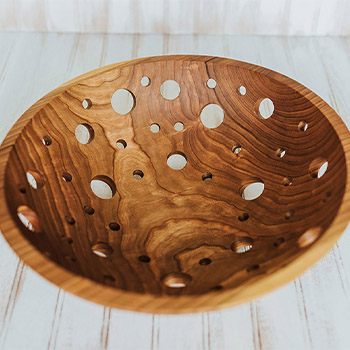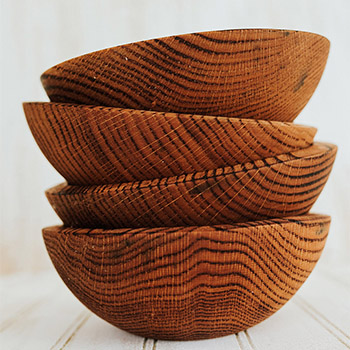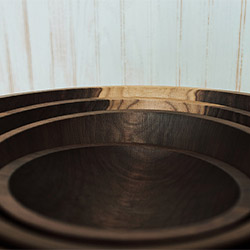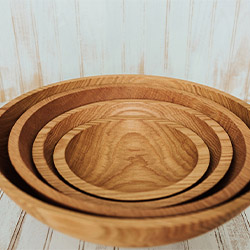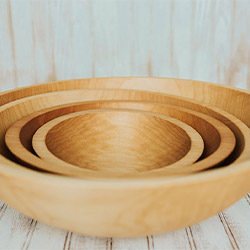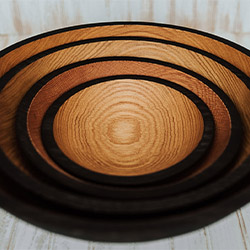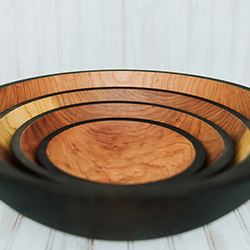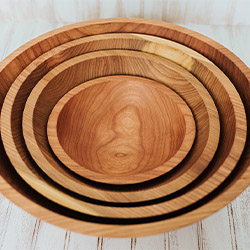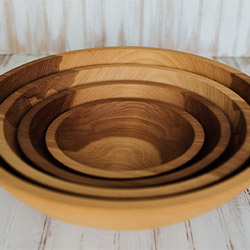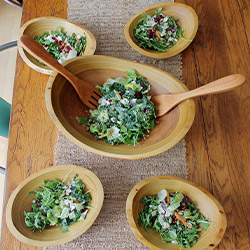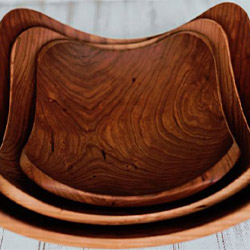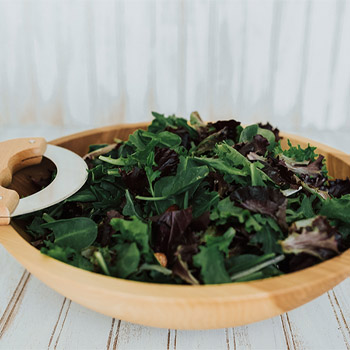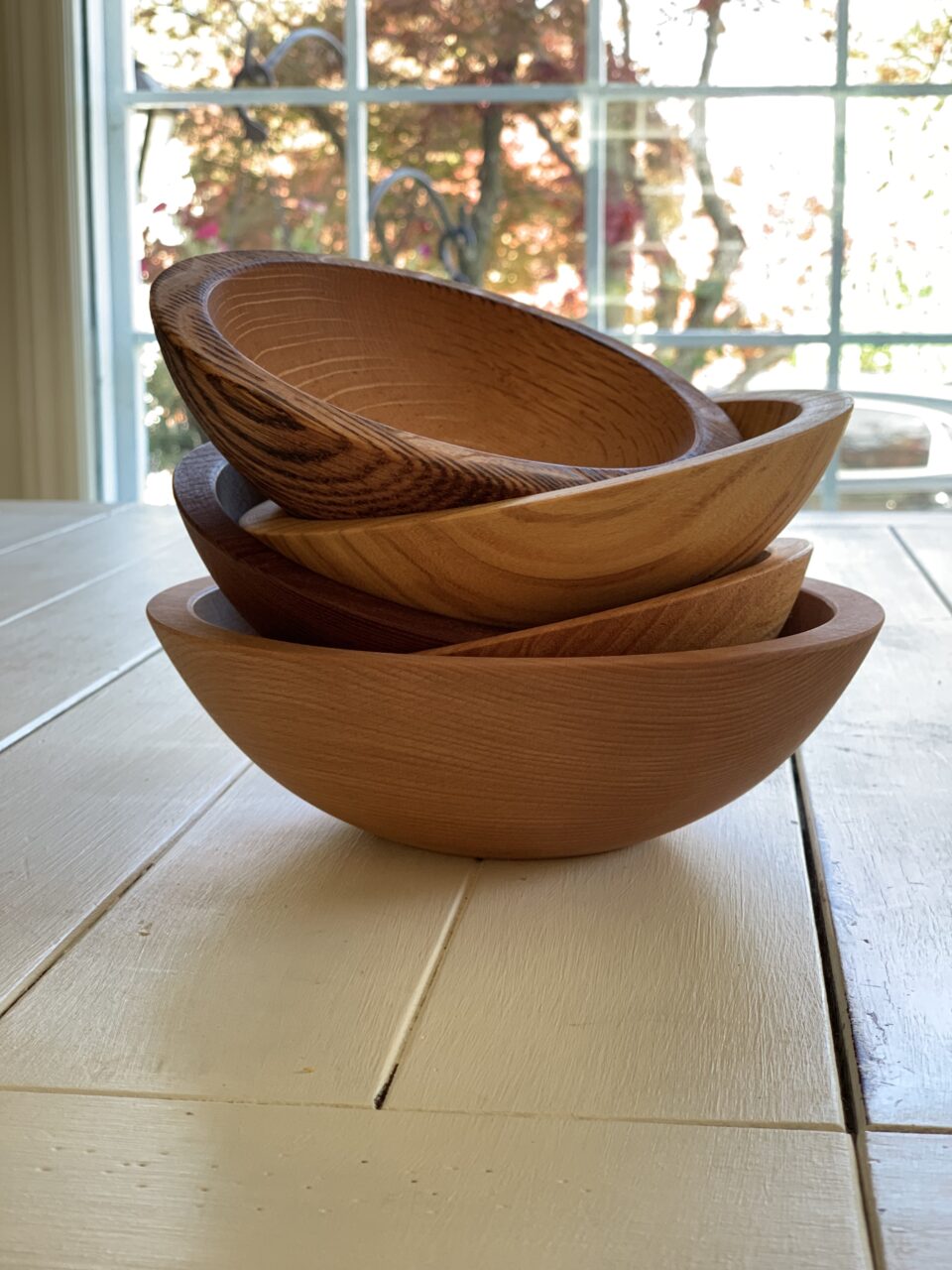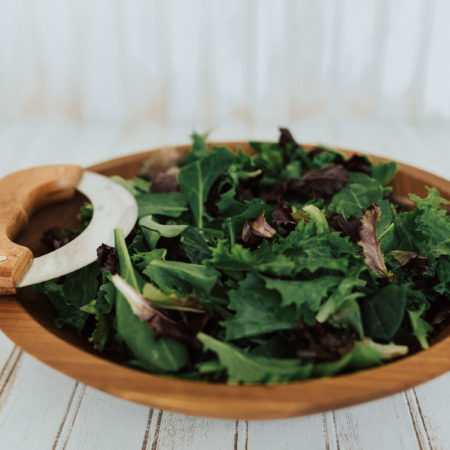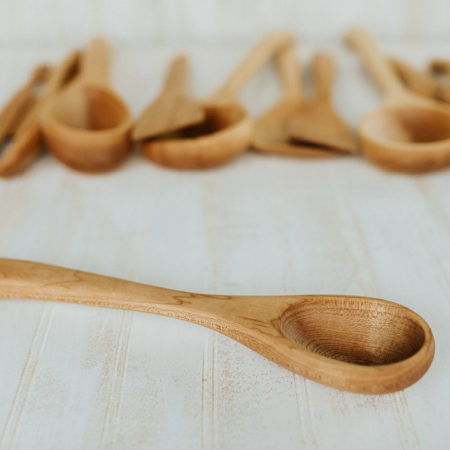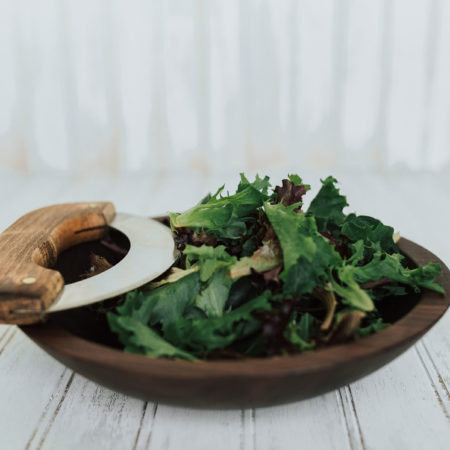Are you wondering if wooden bowls are a good value? If they are worth the price? Look no further!
In this article, Holland Bowl Mill will explore the factors that affect the price of wooden bowls, how to assess their quality and compare them to other materials.
We’ll also discuss the longevity and durability of wooden bowls and provide tips for finding affordable options.
So, if you’re eager to serve others with beautiful and functional wooden bowls, keep reading to discover if they offer good value for their price.
Key Takeaways
- The type of wood used, the intricacy of the design, craftsmanship, availability of the wood, and complexity of the carving or pattern affect the price and quality of wooden bowls.
- Wooden bowls have a lower environmental impact than plastic or metal, offer a unique and natural beauty, and provide a sense of authenticity and craftsmanship.
- Wooden bowls can last for many years with proper care, such as hand washing with mild soap and warm water, regular oiling to prevent drying and cracking, and avoiding extreme temperatures and direct sunlight.
- Affordable wooden bowls can be found by exploring local thrift stores and antique shops, shopping online on platforms like Etsy or eBay, attending craft fairs or artisan markets, considering buying pre-owned bowls and supporting local artisans for unique designs.
Factors Affecting the Price of Wooden Bowls
When considering the factors affecting the price of wooden bowls, you’ll find that the type of wood and the intricacy of the design play a significant role.
The craftsmanship of a wooden bowl is essential in determining its value. Skilled artisans spend hours meticulously crafting each bowl, ensuring it is functional and beautiful. The attention to detail and craftsmanship required to create a high-quality wooden bowl greatly influence its price.
The type of wood used to construct a wooden bowl also affects its cost. Different woods have varying levels of durability, aesthetics, and availability. Woods such as cherry, walnut, and maple are popular due to their strength and natural beauty. These types of wood are often more expensive due to their quality and scarcity. On the other hand, softer woods like pine or birch may be more affordable but may not offer the same longevity or visual appeal.
When it comes to intricate designs, the more detailed and complex the carving or pattern, the higher the price of the wooden bowl. Artisans specializing in intricate designs spend countless hours honing their skills to create unique and visually stunning bowls. The time and effort put into these designs add value to the final product.
Assessing the Quality of Wooden Bowls
Assessing the quality of wooden bowls can be challenging, but it is important to consider factors like craftsmanship and durability.
When assessing craftsmanship, you need to pay attention to the details. Look for bowls that have smooth and even finishes, with no visible cracks or rough edges. A well-crafted wooden bowl should feel solid and sturdy in your hands.
The type of wood used also plays a significant role in the quality of the bowl. Hardwoods like maple, cherry, and walnut are popular for their strength and durability. These woods can withstand regular use and are less likely to warp or crack over time. Softer woods, like pine or cedar, may be more prone to damage.
It’s also important to consider the finish applied to the wood. A food-safe finish, such as mineral oil or beeswax, not only enhances the natural beauty of the wood but also protects it from moisture and stains.
Lastly, remember to consider the bowl’s size and shape. A well-designed bowl should have a balanced and practical shape that makes serving and enjoying your meals easy.
Comparing Wooden Bowls to Other Materials
Consider how wooden bowls compare to other options to determine the best material for your needs.
Regarding the environment, wooden bowls have a lower impact than materials like plastic or metal. Wood is a renewable resource; if sourced responsibly, it can be a sustainable choice. By choosing wooden bowls, you can contribute to preserving our planet for future generations.
Regarding aesthetics and design options, wooden bowls offer a unique and natural beauty that other materials cannot replicate. Wood’s grain patterns and textures can add warmth and character to your table setting. Whether you prefer a sleek and modern look or a rustic and traditional style, wooden bowls come in various shapes, sizes, and finishes to match your personal taste.
Moreover, wooden bowls provide a sense of authenticity and craftsmanship. Each piece is handcrafted by skilled artisans, ensuring attention to detail and quality. The natural variations in wood make each bowl unique, adding a touch of individuality to your dining experience.
When it comes to serving others, wooden bowls can elevate your presentation. They are perfect for serving salads, fruits, or even snacks. The natural beauty of wood can enhance the visual appeal of your dishes, making them even more enticing to your guests.
Longevity and Durability of Wooden Bowls
When cared for properly, wooden bowls can last many years and withstand everyday use. When it comes to longevity and durability, wooden bowls have a lot to offer. Unlike other materials, wooden bowls are sustainable and can age gracefully. With proper maintenance and care, you can ensure that your wooden bowls remain in good condition for a long time.
To maintain the longevity of your wooden bowls, it is important to follow a few simple steps. First, always hand wash your wooden bowls with mild soap and warm water. Avoid harsh chemicals or abrasive scrubbers, as they can damage the wood. After washing, dry the bowls thoroughly to prevent moisture from seeping into the wood.
Additionally, it is essential to oil your wooden bowls regularly. This helps to keep the wood moisturized and prevents it from drying out and cracking. Use food-safe oils such as mineral oil or beeswax, and apply a thin layer to the bowl’s surface. Allow the oil to penetrate the wood for a few hours before removing any excess.
Furthermore, avoiding exposing your wooden bowls to extreme temperatures or direct sunlight is important. This can cause the wood to warp or fade over time. Instead, store your bowls in a cool, dry place away from heat sources.
Summary
Wooden bowls can provide good value for their price if you consider the factors affecting their cost and assess their quality.
While they may be more expensive than bowls made from other materials, wooden bowls offer a unique and natural aesthetic that can enhance your dining experience.
With proper care, they can also last for a long time, making them a worthwhile investment. Visit Holland Bowl Mill’s online shop to see which wooden bowl belongs in your home.

